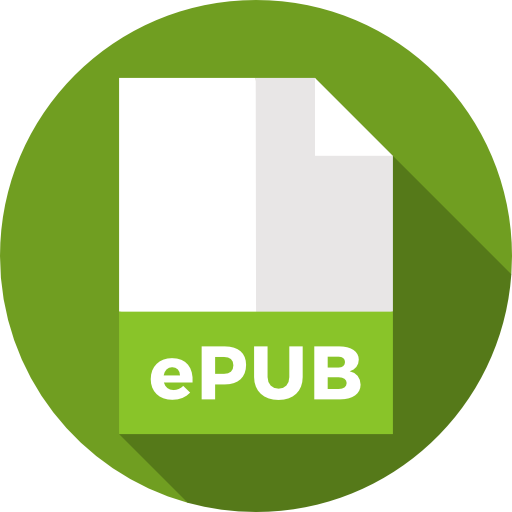
An International Publisher for Academic and Scientific Journals
Author Login
Scholars Journal of Medical Case Reports | Volume-12 | Issue-12
Selective Twin Deformity in Di-Chorionic Twins: A Case Study
Ngawa Edith Ngalande, Fatima Zohra Fdili Alaoui, Sofia Jayi, Abraham Alexis Sanoh, Hikmat Chaara, Moulay Abdelilah Melhouf
Published: Dec. 28, 2024 |
164
214
Pages: 2202-2205
Downloads
Abstract
Neural tube defects (NTD) are a group of congenital malformations of the brain and spine, the etiology of which is still debated. Although presumed to be the consequence of interactions between genetic and environmental factors, so far, it is not known which genes are involved in the pathogenesis of these malformations. Dichorionic twin pregnancy discordant for fetal hydrocephalus (HC) with spina bifida is a serious condition that threatens the normal co-twin’s life by causing foetal growth restriction, preterm labor and sudden death of one or both of the fetuses. This is a case report on twin pregnancy with fetal hydrocephalus and spina bifida associated with congenital hip dysplasia and a club foot, recognized in the 32th week of gestation. Course of pregnancy and management during labour are described. The peculiarity of our observation is the importance in establishing the significance of environmental factors as well as a genetic basis in NTD. Some occupational and other exposures, including maternal use of antiepileptic drugs (AEDs), are associated with increased risk for NTDs. Among women who have had an NTD-affected pregnancy, recurrence risk is markedly higher than the risk for a first NTD-affected pregnancy in the general population. There is strong evidence, overall, for a protective effect of adequate folate consumption. In some high-risk groups, however, such as women taking AEDs, folate supplementation has not been proven to reduce NTD risk.


